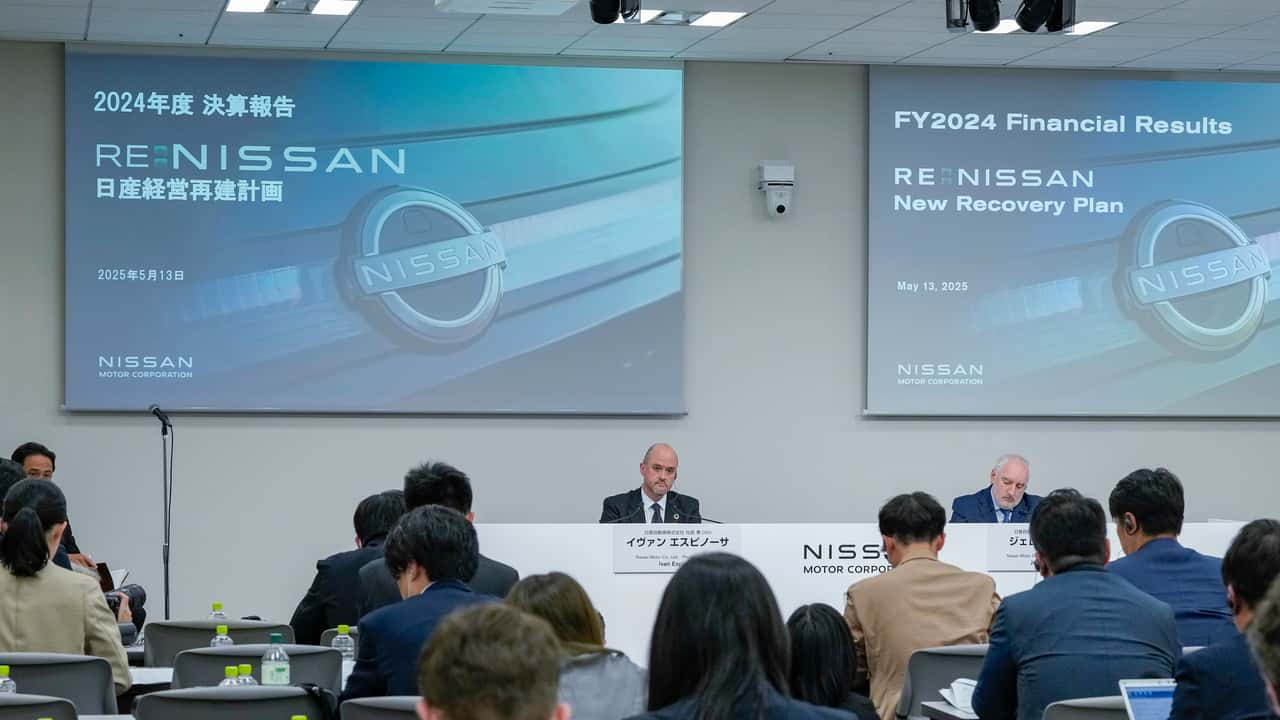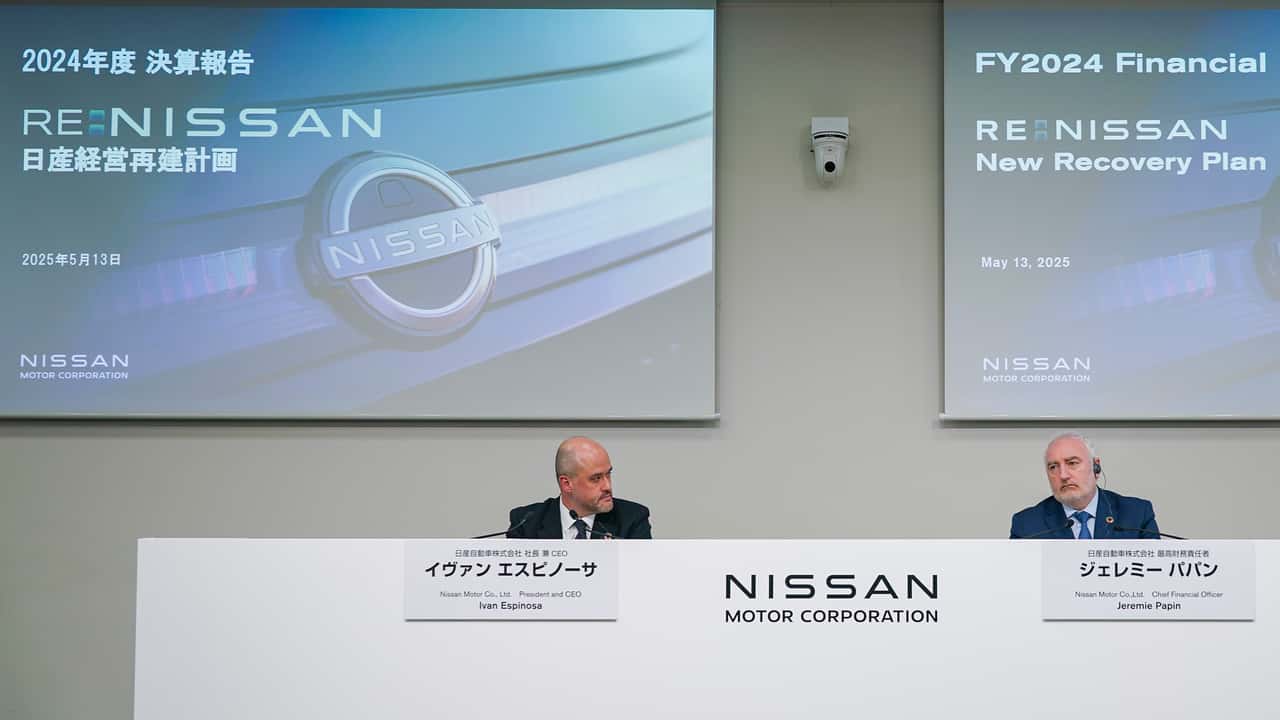
Nissan just had its worst financial year in over two decades. The Japanese brand announced its final results for Fiscal Year 2024 (FY24), which ended on March 31. As expected, the numbers are down. Way down.
Operating profit fell 87.7 percent due to “lower volume, a weaker mix, pricing pressure, and increased costs,” per Nissan Chief Financial Officer Jeremie Papin. Increased cost was the big factor, with $405 million going to restructuring costs. At the end of the day, Nissan recorded a net loss of $4.5 billion.

Photo by: Christopher Smith / Motor1
Sales Were Healthy, Despite the Losses
Ironically, Nissan’s actual sales weren’t that bad. The automaker fell just 2.8 percent globally, led by China, where sales were off 12.2 percent. In North America, sales were actually up 3.3 percent. The company’s revenue was nearly flat year over year, falling less than half a percent. But Nissan is drowning in costs.
“Our full-year financial results are a wake-up call,” said Nissan CEO Ivan Espinosa. “The reality is very clear. Our variable costs are rising. Our fixed costs are higher than our current revenue can support.”
As such, Nissan has already written off FY25 as a transition year. Global sales are projected to decline slightly as it loses more money, but exactly how much money is still unknown. Uncertainty involving tariffs is throwing a monkey wrench into forecasts for pretty much every automaker, but Nissan currently estimates tariffs will cost the company approximately $3 billion.
That’s the bad news. But Nissan isn’t dead yet.
Nissan’s Plan to Recover
“Nissan must prioritize self-improvement with greater urgency and speed, aiming for profitability with less reliance on volume,” Espinosa said. “This is what we’re setting out to do with our new recovery plan, RE: Nissan.”
Yes, RE: Nissan is the official name for the company’s turnaround plan. It starts with liquidity—Nissan still has $23 billion to work with, plus another $14.2 billion in credit. From there, step one is to cut costs, and Espinosa confirmed an additional 10,000 layoffs would come, bringing the total workforce reduction to approximately 20,000 people. The majority of these cuts will come on the labor side, due largely to Nissan closing seven plants, bringing its total down to 10. This will all happen by 2027.

Photo by: Nissan
Nissan plans to consolidate its manufacturing processes to keep utilization near 100 percent. For new product development, the company will lower engineering costs by 20 percent and achieve a 70-percent reduction in complexity. Development time will also be ramped up to 30 months. If everything works out, these measures will reduce costs by $3.4 billion.
“This is the area where we need to go further and faster,” said Espinosa.
Companies can’t simply cut the fat to achieve profitability, so the other aspects of RE: Nissan will utilize its existing partnerships to better serve specific markets around the globe. The company will seek to consolidate its supply chain to achieve more volume with fewer suppliers. And new-vehicle development will not slow down. Espinosa emphasized new hybrids and crossovers for North America were coming, and yes, a new Skyline is confirmed. However, it’s unclear at this time if it will be a sedan, a fire-breathing GT-R successor, or a bit of both.
Only time will tell if Nissan’s plan will work. Right now, general tariff chaos makes it incredibly difficult to predict the automotive future. But the takeaways from Nissan’s FY24 report are twofold: The company is selling cars. And it still has money in the bank. Things could certainly be worse, and if this plan comes together, Nissan expects profitability in 2026.
“2025 will be a year of transition for us, a year of decisions,” said Papin. “We have enough liquidity to cover our funding needs, which will support us as we restructure our business. While FY25 is a year of challenges and uncertainties, the actions we are implementing as part of our new recovery plan are designed to yield positive results in FY26.”
More News From Nissan:
Carlos Ghosn Says Nissan Is in a ‘Desperate Situation’
Nissan’s Bold New Strategy: Sell More Cars
Source: Nissan
